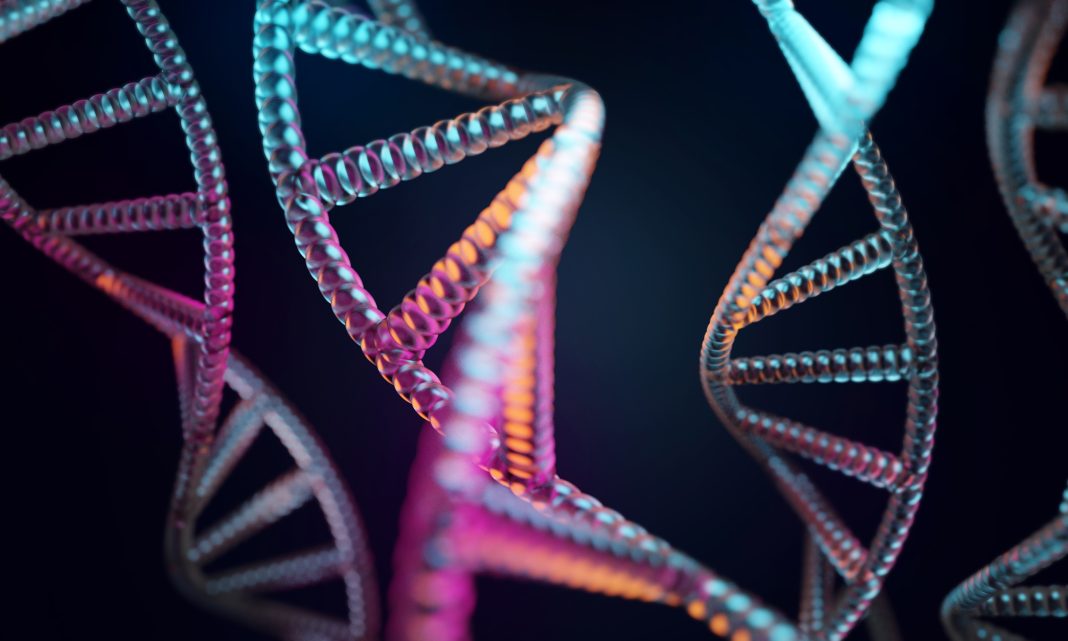Data from an observational study suggest that a disabling, sometimes chronic disorder known as complex regional pain syndrome type 1 (CRPS-1) may have a genetic background. Researchers headed by a team at the Cambridge Institute for Medical Research in the U.K. found that the condition is less common in men, but that men are more likely to carry four genetic variations implicated in heightened risk, suggesting that there may be sex-specific causes. Reporting on their work in the Journal of Medical Genetics (“Evidence of a genetic background predisposing to complex regional pain syndrome type 1”), C. Geoffrey Woods, FMedSci, Samiha S. Shaikh, PhD, and colleagues concluded, “Our work suggests the possibility that a permissive genetic background is an important factor in the development of CRPS-1 … This study provides evidence that some people develop CRPS-1 due to genetically altered disease susceptibility.”
CRPS-1 is a rare, debilitating pain disorder, which in 95% of cases occurs post-traumatically, and involves sensory, motor, and autonomic systems, as well as trophic and bone changes in some patients, the authors explained. The skin of the affected body is hypersensitive to the slightest touch or temperature change. CRPS is difficult to treat, and while it often improves with time, some people experience intense pain for many years. And as the authors noted, “It is difficult to explain the peripheral tissue changes in skin and bone in particular through a solely neurogenic mechanism.”
Why some people develop CRPS yet others don’t after the same injury, isn’t clear. A heritable component to CRPS has been suggested, sparking the theory that some people might be genetically predisposed to the condition. “Such ‘predisposition’ genes are well recognized in other phenotypes and become physiologically relevant only when exposed to the environmental trigger,” the team continued.
To explore this possibility further, the researchers used exome sequencing to look for single nucleotide polymorphisms (SNPs) in DNA samples from a discovery group comprising 34 people diagnosed with CRPS. Identified SNP alleles were then confirmed by Sanger sequencing, and searched for in a confirmatory group of another 50 people with CRPS, and a comparison group of 39 people with chronic back pain.
The study results found that a single SNP in each of four genes (ANO10, P2RX7, PRKAG1, and SLC12A9) was more common in individuals with CRPS in both the discovery and confirmatory groups than it was in the back pain group.
In all, 25 out of 84 (30%) patients who had had CRPS for more than a year expressed these variations in at least 1 of the 4 genes. None of these variations was evident in those with back pain. There may be plausible biological explanations for the findings, the team suggested, as ANO10, P2RX7, and SLC12A9 are expressed in immune cells in the peripheral nervous system, both of which are involved in the types of symptoms seen in people with CRPS. And all 4 genes are normally expressed in macrophages—a type of white blood cell involved in the immune response—in healthy people. “If our findings are correct, then this suggests that these four specific SNPs are each able to increase the risk of a person developing CRPS-1 after injury,” the investigators stated.
CRPS is less common in men than it is in women, by a ratio of 3-4:1. In their reported study, the scientists found that a greater proportion of men (8 out of 14; 57%) than women (17 out of 70; 24%) with CRPS expressed the genetic variations. While the authors acknowledged that this finding would need to be confirmed in a larger group, they say the result “… raises the possibility of different mechanisms of disease in males and females in CRPS-1 and that therapeutic responses may also be influenced by sex … We acknowledge that our genetic results may be only part of the CRPS-1 story; autoimmune disease is more common in women than men, and recent studies strongly suggest it could be causative in some cases of CRPS-1,” they added.
Results from this observational study don’t allow definitive conclusions to be drawn about cause and effect. The researchers also acknowledged that the sample sizes were relatively small, which may well have precluded other SNPs from being detected. And the participants were mostly Caucasian. “It will need further studies to determine if there is an altered sex ratio effect for a CRPS-1 genetic background, to determine if there are more SNPs to be identified, and if our results are relevant to other ethnic groups,” they stated.
More research will also be needed to better understand how the SNP alleles act in different cell types and processes. “Carefully performed functional studies in a variety of cell types will be needed to fully understand the role that the rare alleles have in understanding the disease mechanisms of this enigmatic condition,” the investigators continued.
Nevertheless, they concluded, “Our data support an underlying genetic predisposition to CRPS-1 in up to a third of cases, with this effect being most prominent in males … Further studies are needed to confirm and expand our results to allow future precision diagnosis and personalized treatments for CRPS-1.”



